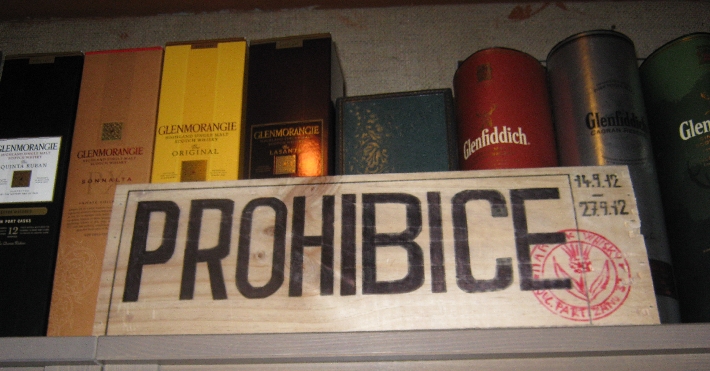
Once a year, the clergy of the Anglican Chaplaincies scattered across Central & Eastern Europe, together with elected lay representatives of their congregations, meet together as the Eastern Archdeaconry Synod. This year’s synod meeting took place at the Cabo Verde Hotel in Attica, just outside of Athens, between Thursday 27th – Sunday 30th September.
This was the fifth Eastern Archdeaconry Synod meeting that I have attended. In the week prior to moving to Prague in September 2008, Sybille and I attended as observers, the Synod meeting held that year in Corfu. You can read about all the subsequent Synod meetings here on my blog. They were in Izmir in 2009, Vienna in 2010, and Bucharest in 2011.
Because of the very scattered nature of our Archdeaconry, synod meetings can only realistically be held once a year and have to be residential. They consist of a mixture of worship, Bible Study, talks and discussions. There is always also some input from the host country and this year we heard about the work the Greek Orthodox Church is doing, assisted by St. Paul’s Anglican Church in Athens, to provide welfare services to those suffering from the current economic crisis that has hit Greece so hard in recent times.

During the Synod meeting, a Eucharist was celebrated by Archdeacon Patrick Curran, to mark the Feast of St. Michael and All Angels on 29th September. Within the service, our Diocesan Bishop Rt Rev’d Dr Geoffrey Rowell, licensed Jack Noonan as a Reader to serve the Chaplaincy of St. Clement’s, Prague in the Czech Republic.
Jack is an Irishman, originally from Cork, who has owned a flat in Prague for many years. Following taking early retirement from teaching just over five years ago, he moved to live permanently in the Czech Republic. As a licensed Reader, Jack will work alongside me, assisting both at St. Clement’s and in our recently established satellite congregation in Brno.
The licensing marked the culmination of a process that began more than two years ago, when a meeting of the Prague Church Council on 1st May 2010, agreed to support Jack being put forward for consideration for training as a Reader. Bishop Geoffrey was actually present at that meeting on his first visit to Prague since I became Chaplain four years ago.
Bishop Geoffrey has since taken a personal interest in Jack’s progress, frequently suggesting books which might further aid his studies. Therefore both Jack and I were very pleased that he was able to license Jack in person rather than by delegation to the Archdeacon or to me. Jack is also now in his third year as one of our two lay reps on the Archdeaconry Synod and is therefore well known by many of the other Synod members who were most supportive of him on this very special occasion.


The Synod concluded with all the participants joining the congregation of St. Paul’s, Athens, for their regular Sunday Morning Eucharist at which Bishop Geoffrey was the celebrant and preacher. After the service, which lasted nearly two hours 🙂 , we enjoyed a sandwich lunch under warm sunny skies, sitting in the grounds surrounding the Church.

On Sunday afternoon, many of us including myself, enjoyed a most informative guided tour of the relatively recently opened Acropolis Museum, giving a wonderful insight into more than two thousand years of Greek history and culture. From the top floor of the museum, there is a superb view of the Acropolis itself which is currently undergoing major renovation work.

As always, the most valuable part of Archdeaconry Synod meetings is the opportunity to talk and share fellowship with other members of our scattered Anglican congregations over a coffee, glass of wine or even something slightly stronger 🙂 Here is the Bishop’s Chaplain, Canon Meurig Williams, glass of red wine in hand, deep in conversation with Jack Noonan who has a ‘wee dram’ immediately to his left 😉 Putting these two together with the Prague Church Treasurer Gordon McDonald Truefitt, who was attending his first synod meeting since his election as our second lay rep, and you really did have a gathering of the Celtic Fringe 🙂
Not being able to get a seat on one of the few direct Prague- Athens flights, I flew both ways via Geneva on Swiss airlines. My return trip on the morning of Monday 1st October, gave me this amazing view of Mt Blanc.






